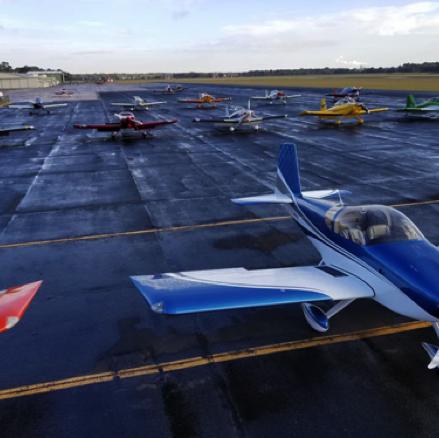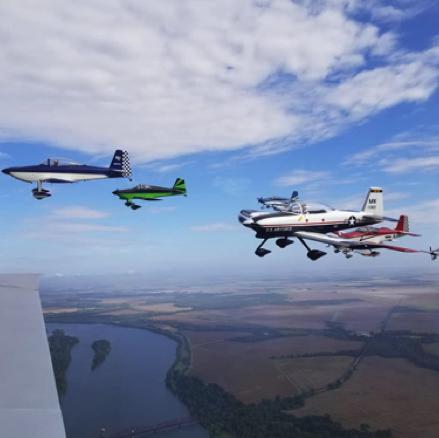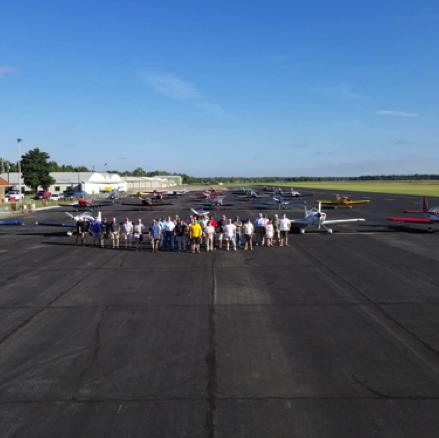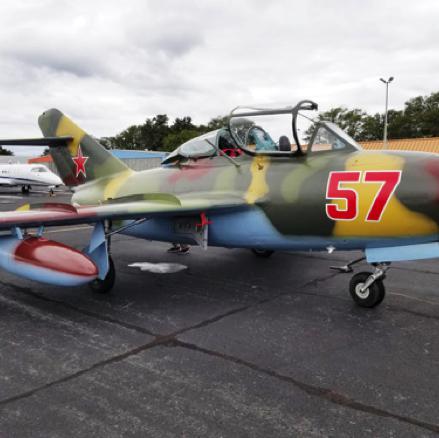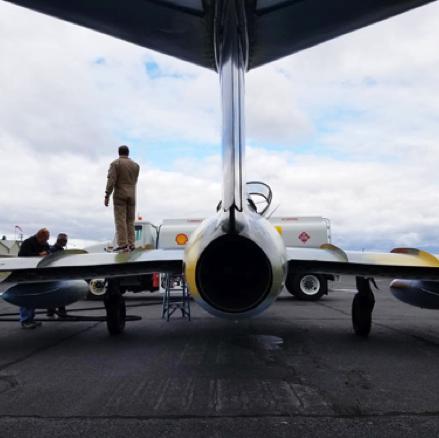
The National Weather Service maintains an automated surface observing system (ASOS) here. Hourly observations are available to aviators by radio or phone. The info is also sent to the NWS in North Little Rock and local media.
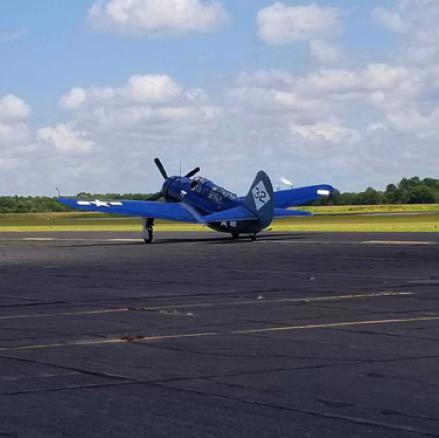
A Curtiss SB2C Helldiver readies for takeoff. This carrier-based dive bomber aircraft was produced for the U.S. Navy during World War II.

The North American Aviation T-28 Trojan is a piston-engined military trainer aircraft used by the U.S. Air Force and U.S. Navy beginning in the 1950s.
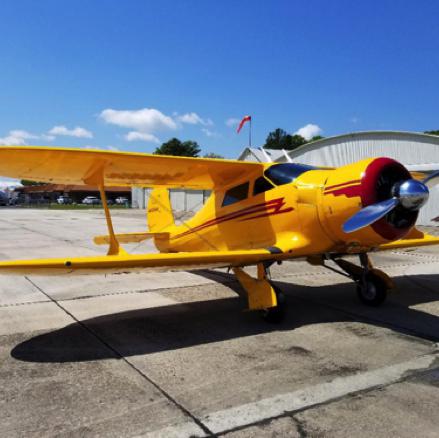
This Beechcraft Model 17 Staggerwing draws attention wherever it makes a visit. Dating from 1932, the appearance is of this biplane is marked by the unique negative stagger of upper and lower forward wings.
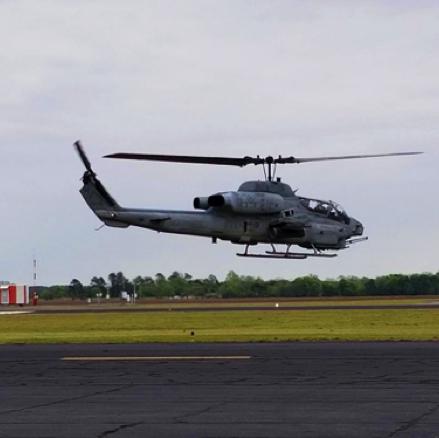
This Bell AH-1W SuperCobra made a fuel stop. Part of the Huey family, the twin-engine attack helicopter has been the backbone of the U.S. Marine Corps’s fleet for decades.

The Texas Raider, Boeing B-17G Flying Fortress made a fuel stop on August 30, 2018. It is a WW II heavy bomber, one of few still flying.
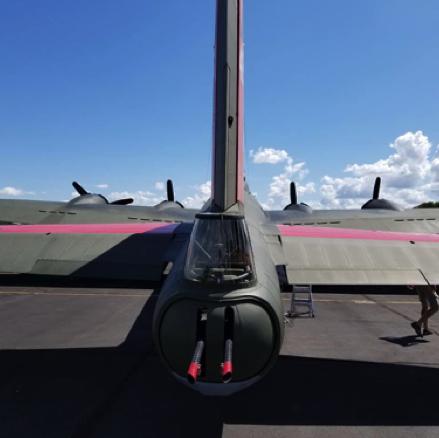
The "G" designation of theBoeing B-17G Flying Fortress was the final iteration of this multirole air platform. The total number of onboard guns had increased to 13.
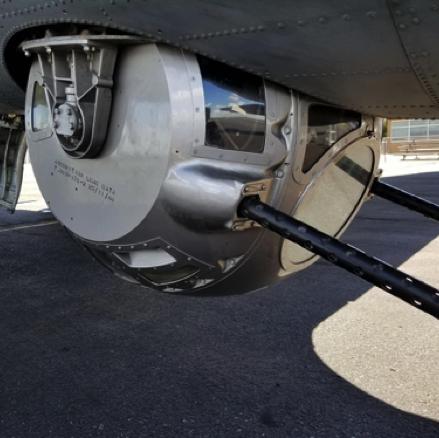
The armored machine gun gondola suspended from the bottom of the Boeing B-17G Flying Fortress fuselage was nicknamed “the bathtub.”
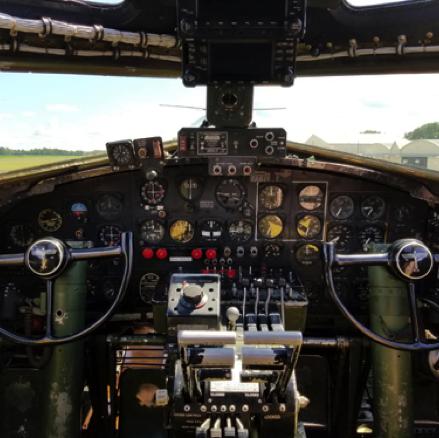
The Boeing B-17G flight deck shares its side-by-side configuration with Boeing’s commercial airliner of the period, the Boeing 247.
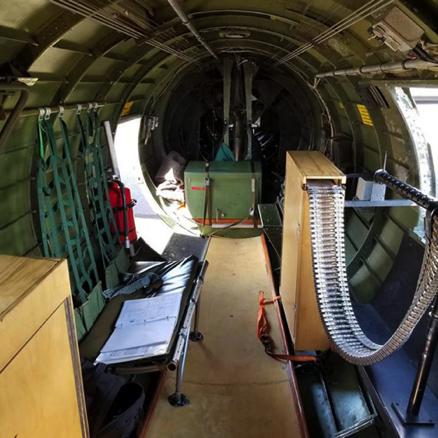
View of the “waist” section of the fuselage where two of the 13 onboard machine guns are permanently mounted in a staggered configuration that gave gunners room to move around out of each other's way.

Erickson Air-Crane's crew made a stop for lunch while this Vietnam War-era behemoth took on fuel. The six-blade main rotor is powered by twin Pratt & Whitney turboshaft engines that consume 550 gallons per hour. Ferry speed is only 100 mph.
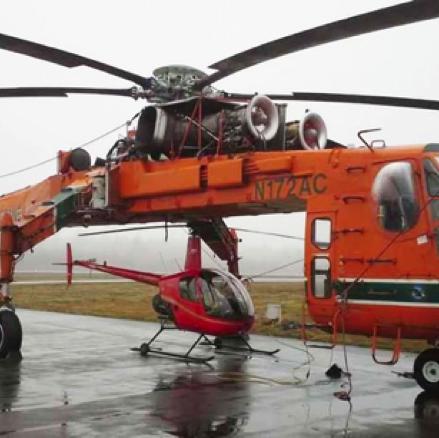
This skycrane is a Sikorsky CH-54 Tarhe built in 1968 for the U.S. Army and sold to Erickson for conversion to civilian service as an S-64E. Having bought the rights from Sikorsky, Erickson is now the manufacturer and world’s largest operator of skycranes.
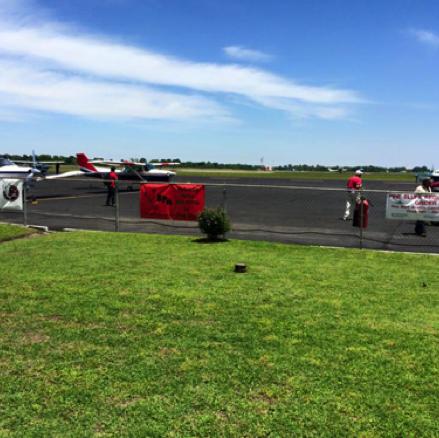
The airport hosts “Operation Skyhook” annually for a weekend of fellowship and friendly competition sponsored by Black Pilots of America, Inc.

Oct. 6-7, 2018 – Grider Field hosts an Experimental Aircraft Association (EAA) formation flying clinic

Oct. 6-7, 2018 – Pilots from all over the country have come to Pine Bluff to learn formation flying.
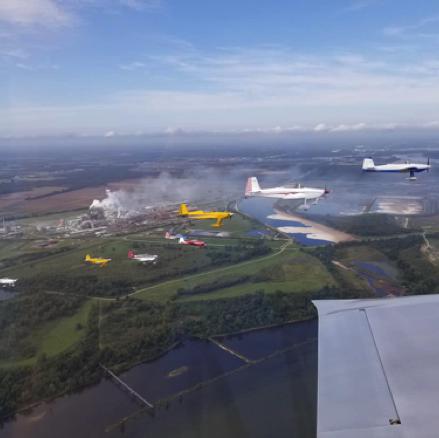
Oct. 6-7, 2018 – Beautiful weather contributed to the great experience for everyone who attended the clinic.

Oct. 26, 2018 – Built in 1951 as a single-seat jet and converted to a two-seater in 1954 for training duty, the aircraft is bound for an air show at Little Rock Air Force Base.
Visitors to Pine Bluff Regional Airport never know when they’ll be treated to a sighting of a rare or unique aircraft – or perhaps an entire fleet of distinctive aircraft. Click on any photo to enlarge.
Photo Gallery


